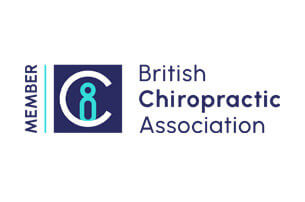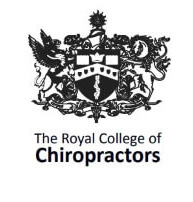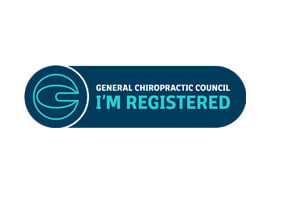 The facet joints are found between each pair of bones (vertebra) in the spine. These facet joints are found in the cervical spine (neck), thoracic spine (mid back) and lumbar spine (lower back). The facet joints allow the spine to bend and twist. The nerves exit the spine very close to these joints and run from the spinal cord, which is protected by the spine, down our arms and legs and to the rest of the body.
The facet joints are found between each pair of bones (vertebra) in the spine. These facet joints are found in the cervical spine (neck), thoracic spine (mid back) and lumbar spine (lower back). The facet joints allow the spine to bend and twist. The nerves exit the spine very close to these joints and run from the spinal cord, which is protected by the spine, down our arms and legs and to the rest of the body.
When the facet joints become irritated or inflamed they can cause pain in any part of the spine and sometimes facet joints can refer pain to other parts of the neck or back. Below we discuss facet joint pain in different parts of the spine and what may cause facet joints to become painful.
Could my pain be something else?
Yes. Facet joint syndrome can mimic many other problems of the spine, including disc injury, nerve radiculopathy or sprains and strains. Chiropractors are trained in the diagnosis and management of musculoskeletal complaints. When you visit the chiropractor, they will perform a full examination and ask lots of questions about your problem, which will allow them to accurately diagnose and suggest the most appropriate treatment.
Cervical facet syndrome
Pain originating from facet joints in the cervical spine may cause neck pain, upper shoulder or upper back pain.
Causes of cervical facet syndrome
Common causes may include:
- Neck injury such as a car accident
- Wear and tear of the joints in the spine also called osteoarthritis
- Repetitive stress from poor posture or repetitive occupational movements
Symptoms
- Pain is often describe as dull and achy
- Pain can feel sharper with movement of the head and neck
- Often pain is fairly easy to pinpoint
- Pain can limit movement of the head and neck
- Discomfort can radiate to the shoulder and upper/mid back, although pain does not usually radiate down beyond the elbow or mid back
- Pain is usually aggravated by extension of the head – tilting the head backwards as if looking up to the ceiling. This is because extension causes the surfaces of the joint to move closer together and if they are irritation this may be painful
- Often people report feeling the need to tilt the head slightly away from the painful side
Thoracic and Lumbar facet syndrome
Pain arising from the facet joints in the thoracic spine (mid back) usually causes local pain that is felt close to the spine, but it can also feel like it radiates in the presence of muscular spasm. The same can be said for pain originating in the lumbar (lower back) region.
The cause of thoracic and lumbar facet pain is very similar to causes of cervical facet syndrome. Often, work habits or posture can significantly influence pain, particularly repetitive movements that involve a lot of twisting and bending. Facet joint irritation in the thoracic and lumbar. Osteoarthritis and trauma to the back can also inflame the facet joints in these regions of the spine.
Symptoms of facet joint syndrome in the thoracic and lumbar regions
- Feeling the need to lean away from the pain, which can result in them standing and walking in a slightly stooped position. Usually bent forwards and or to one side
- Pain is often dull and achy, but can be sharper with movement
- If pain originates from the lumbar facet joints it may also radiate to the buttocks or thigh but is rarely felt below the knee
- Leaning backwards can worsen the pain
How can a chiropractor help me?
If examination is indicative of facet joint syndrome, chiropractors will often include some of the following in their treatment of facet joint syndrome.
- Ice in early stages may help to reduce muscle spasm around the irritated joints
- Rest from aggravating activities
- Chiropractic joint manipulation – when pain is reduced and if deemed appropriate by your chiropractor. Manipulation can reduce pain and improve movement around the facet joints. This type of treatment may not be suitable for everyone.
- Chiropractic joint mobilisations – gentle movements of the head and neck performed by your chiropractor improve function and reduce pain
- Myofascial trigger point therapy
- Home strengthening or stretching exercises to improve and maintain function of the facet joints.
- Postural and ergonomic advice
Unsure? Give us a call to book an appointment



